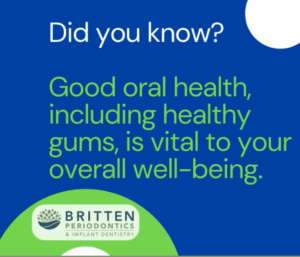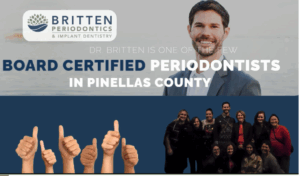Healthy Teeth Vs. Acid Erosion & Wear
From Colgate.com:
“Tooth erosion is a common dental concern. The American Dental Association (ADA) reports that more than one third of children and adults worldwide may exhibit dental erosion. Tooth wear can take a number of forms, all of which may cause sensitivity and discomfort. Knowing how to prevent tooth erosion can help your teeth stay strong and healthy!
Why Is Your Tooth Wearing Away?
Dental erosion is the irreversible loss of tooth enamel caused by acids in the mouth. It occurs in populations across the globe and affects people of all ages. Dietary habits, conditions such as bulimia and poor oral care can all lead to tooth erosion.
Erosion caused by diet often appears as a hollowed-out area on the chewing surface of the tooth. Drinking sodas, alcohol or energy drinks increases the likelihood of eroding your teeth, especially if you swish the liquids prior to swallowing. This causes the acid to wash across the surface of the teeth and wear away the enamel. While consuming these drinks does not always lead to erosion, it affects the pH of the mouth and contributes to an acidic environment.
Having these drinks with a meal may help balance the amount of acid in the mouth. It is also possible to reduce the acidity level by consuming the drink in a short period of time, as opposed to sipping it. This allows the oral cavity to restore a normal pH balance.
Those who are regularly exposed to environments with higher levels of acid, such as factory workers or swimmers, may have increased dental erosion, reports the ADA. Patients who have bulimia, reflux or digestive disorders may notice erosion on the tongue and interior palate side of the tooth, as opposed to the side of the tooth that sits against the cheeks and lips.
3 Types of Tooth Wear
Dental erosion occurs when acid comes in contact with the teeth. Three other kinds of tooth wear include attrition, abfraction and abrasion.
- Attrition involves tooth-to-tooth contact, most often teeth grinding or improper biting. This type of tooth wear breaks down and flattens the chewing surfaces of the teeth.
- Abfraction occurs when regular grinding or a misaligned bite create an abnormal load on the tooth. This results in a notch on the side of the tooth near the gumline. A dentist or dental hygienist will often recommend a night guard for patients exhibiting abfraction. Orthodontic treatment can help align the teeth to ensure they come together properly.
- Abrasion can appear similar to abfraction, but it is caused by an external mechanical force, such as a toothbrush. If a patient is brushing too hard against the surface of the tooth or using a toothbrush with hard bristles, the constant wear can cause a notch-like surface at the gumline. Your dental hygienist can give you instructions on proper brushing techniques to avoid continued wear on the tooth surface.
Treatment for Tooth Wear
Those with abfraction or abrasion can have a filling placed on the side of the tooth over the damaged surface to help protect against continued wear, although it may not be medically necessary. Alternatively, a patient may choose to have fluoride applied at their six-month preventive care appointments or use a toothpaste that contains fluoride to help with sensitivity. Your dentist or dental hygienist may also continue monitoring the site of the tooth wear to ensure it doesn’t worsen.
Your enamel won’t grow back, but not all is lost! You can take measures to prevent further erosion and preserve your smile. Knowing how to take care of your teeth and practicing good habits recommended by your dental professionals can help your smile last a lifetime!”










